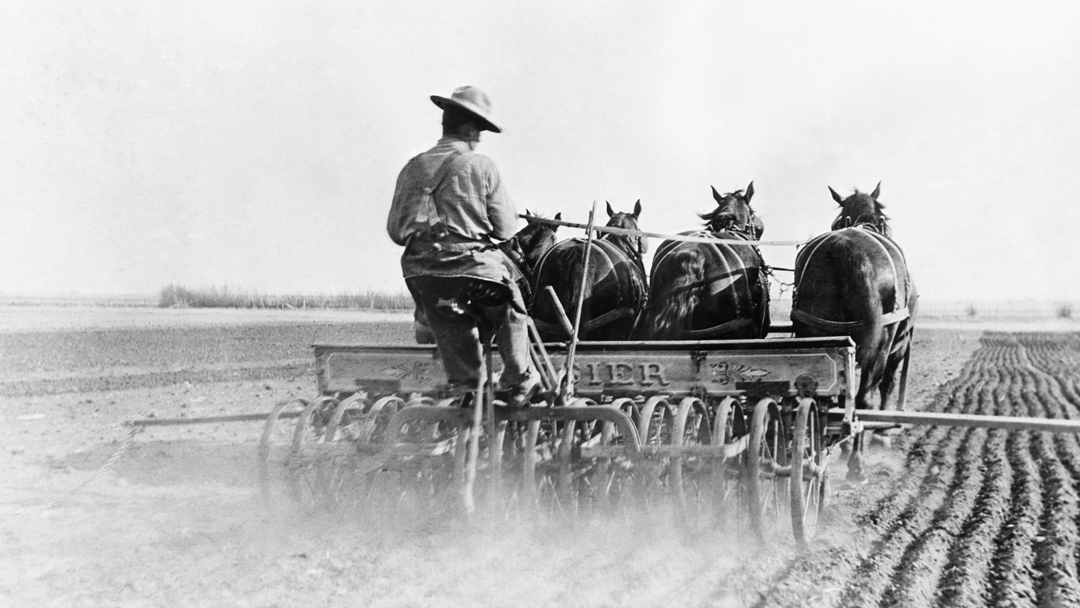A MODEL FARM
just a year before this photo was taken in 1913 as seeding began at what is now known as the Lethbridge Research Centre, the city of Lethbridge hosted the International Dryland Farming Congress. That event more than 100 years ago drew about 5,000 delegates from 15 countries, including Italy, India, China, Palestine and Persia, who travelled to Lethbridge to look at modern-day farming practices.
The Lethbridge Experimental Farm, as it was known then, was established by the federal government in 1906.
Prior to that, it was a “model farm” created in 1900 by the Canadian North West Irrigation Company. More southern Alberta farmers were beginning to use irrigation and the company felt it needed a research farm to demonstrate farming practices under irrigation.
Land was set aside and, in 1901, the district enticed William Harmon Fairfield, the director of the agricultural experiment station in Laramie, Wyoming, to come to Lethbridge to establish this model farm. News reports from the day said “he was expected to run in ditches, plant trees, fence and break the property, seed it to suitable crops and to demonstrate good irrigated farming practices by helping to solve any problems encountered by settlers.”
Fairfield not only accomplished all that, but is also credited with bringing a few pounds of soil from Wyoming that was naturally inoculated with rhizobial bacteria so southern Alberta farmers could begin growing alfalfa to feed cattle. The soil was scattered on a few acres to start with. Once one field was inoculated, soil from there could be used to inoculate other fields.
In 1905, the irrigation company offered the very successful model farm to the Dominion Department of Agriculture. One year later, the Dominion Experimental Station at Lethbridge was made Canada’s sixth experimental farm.






Comments